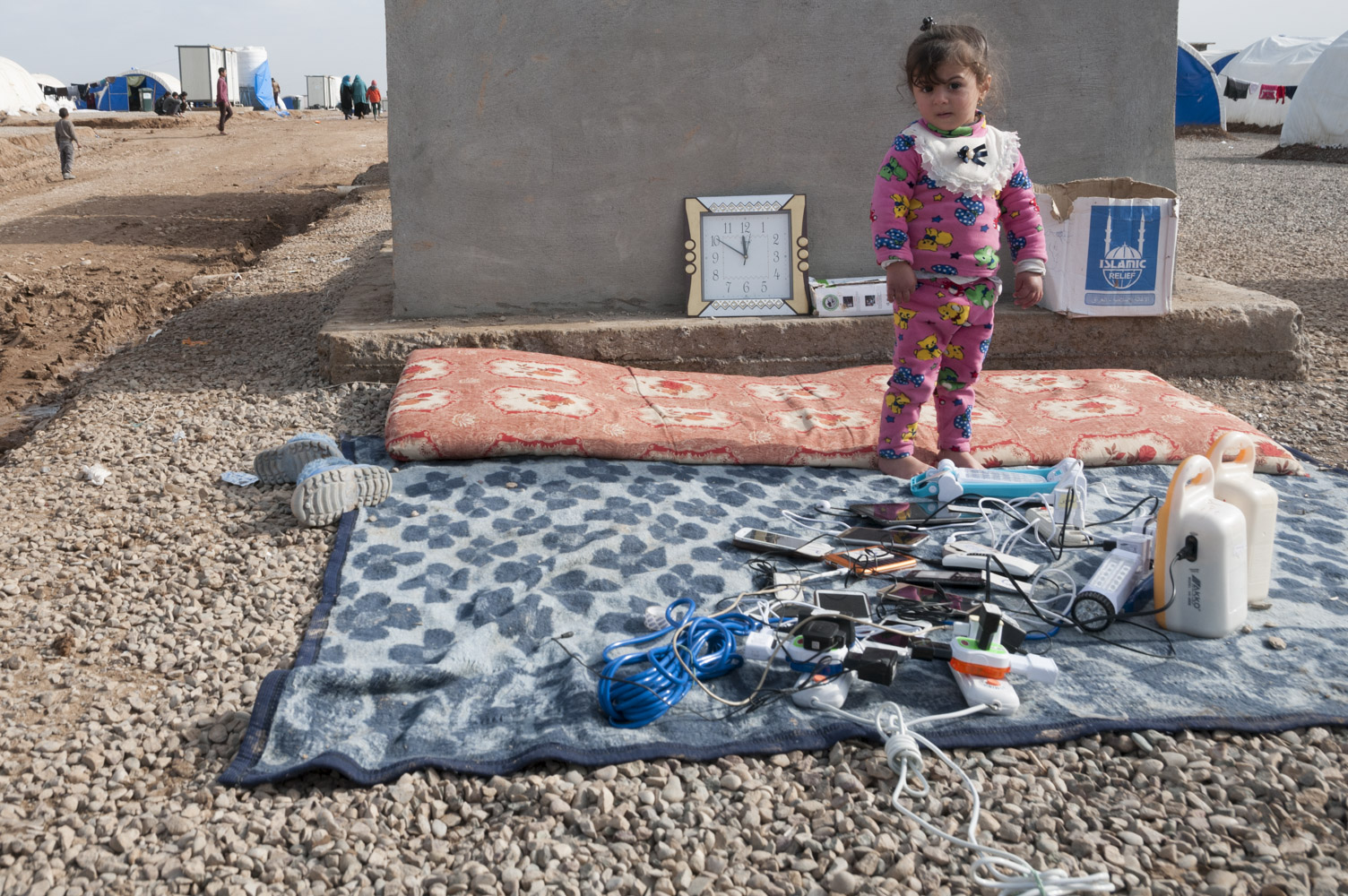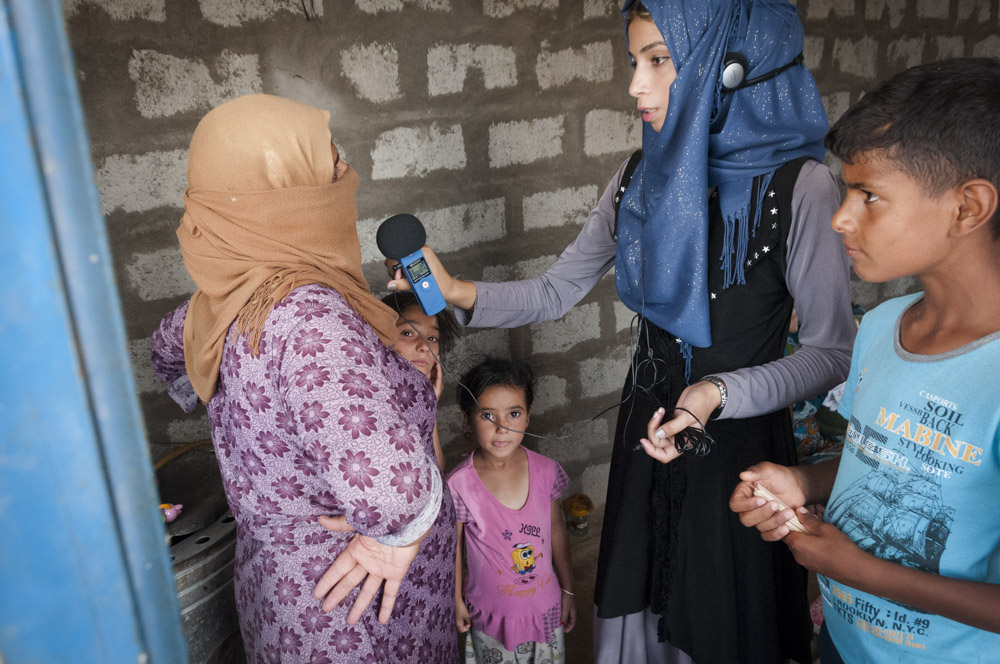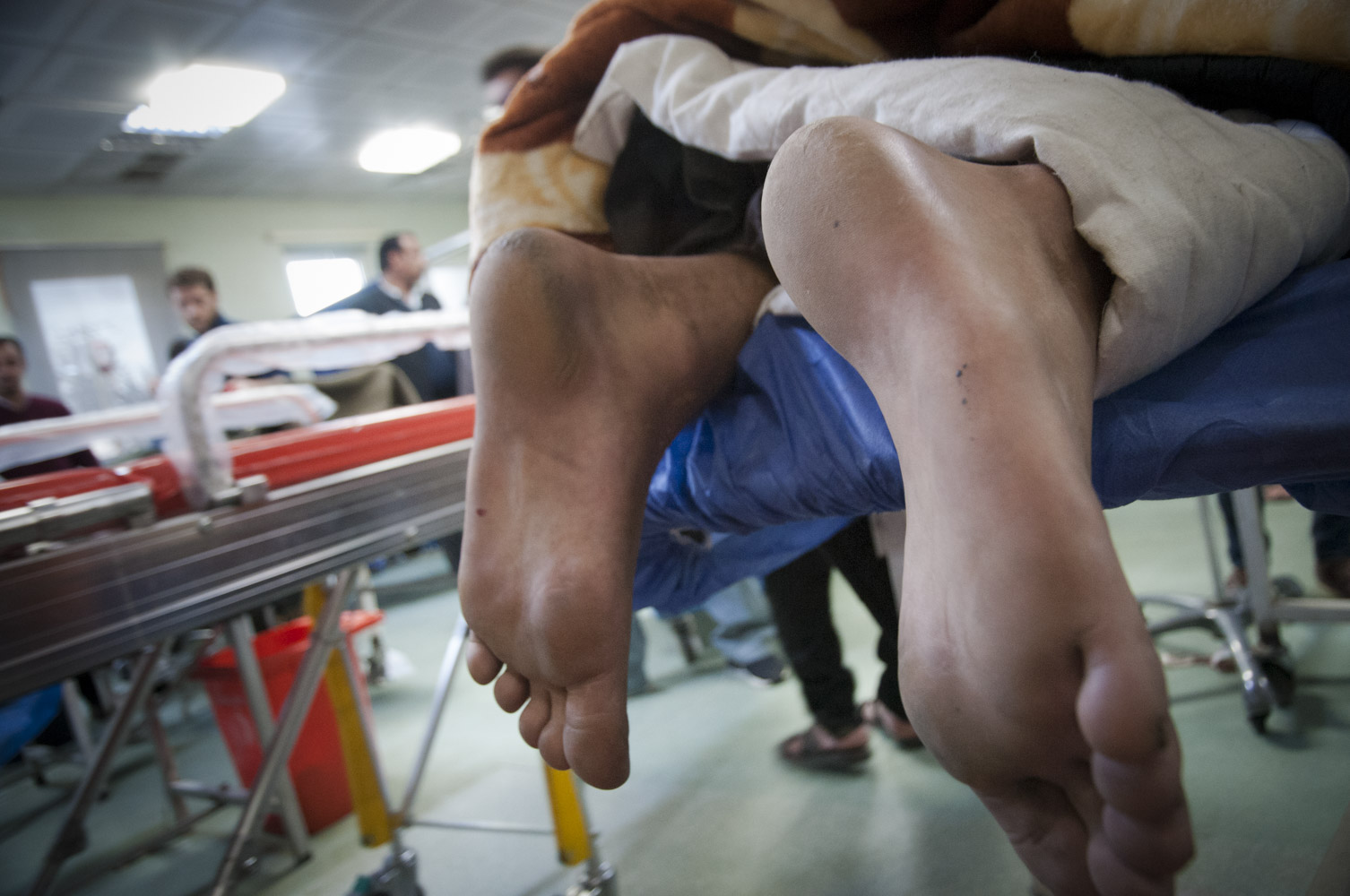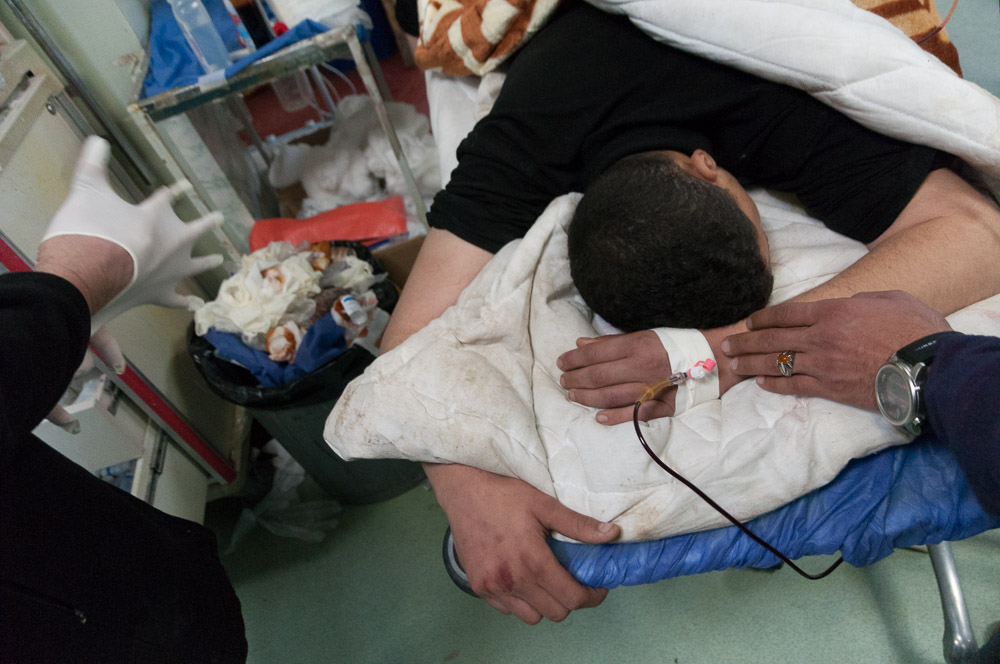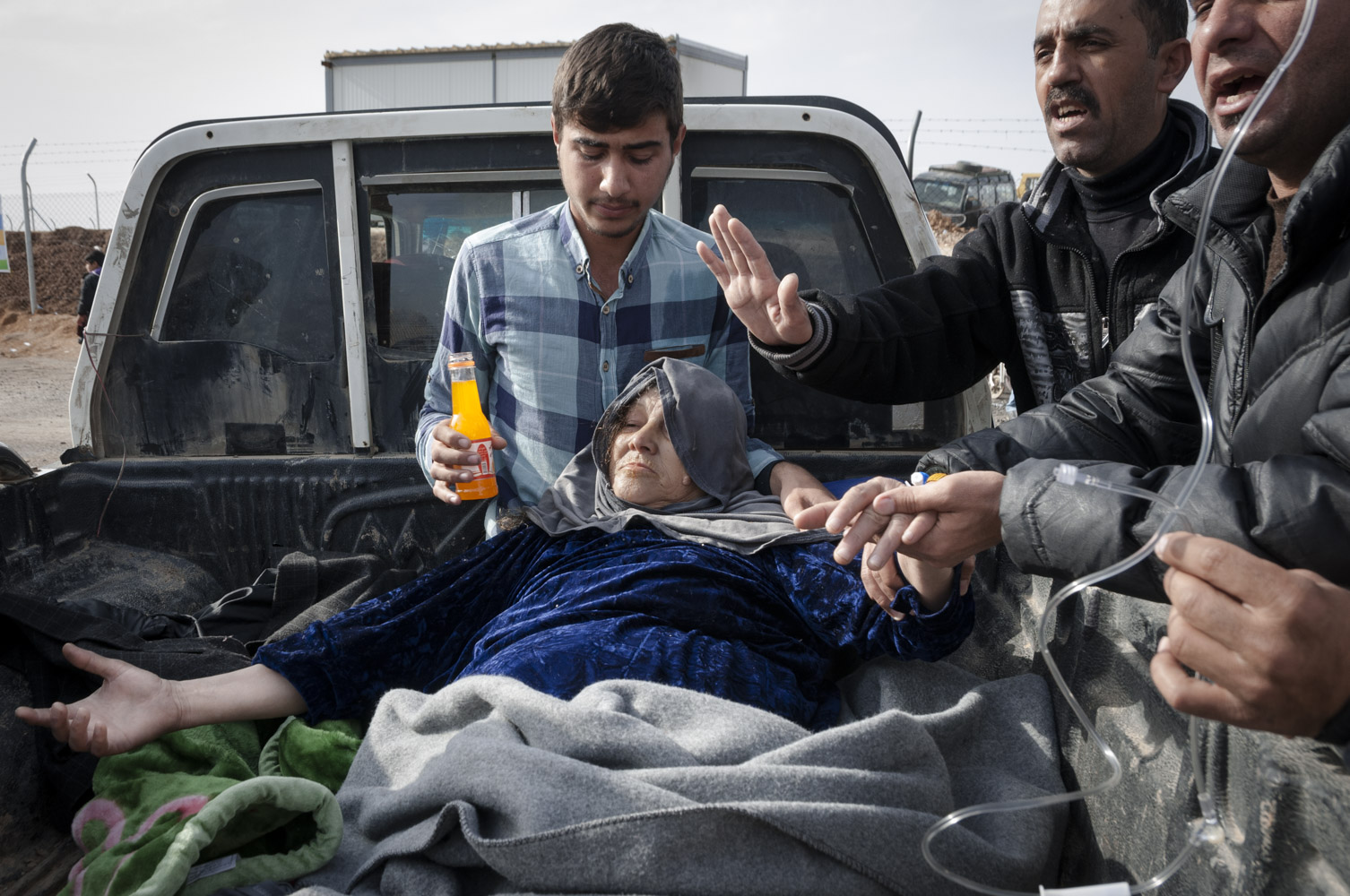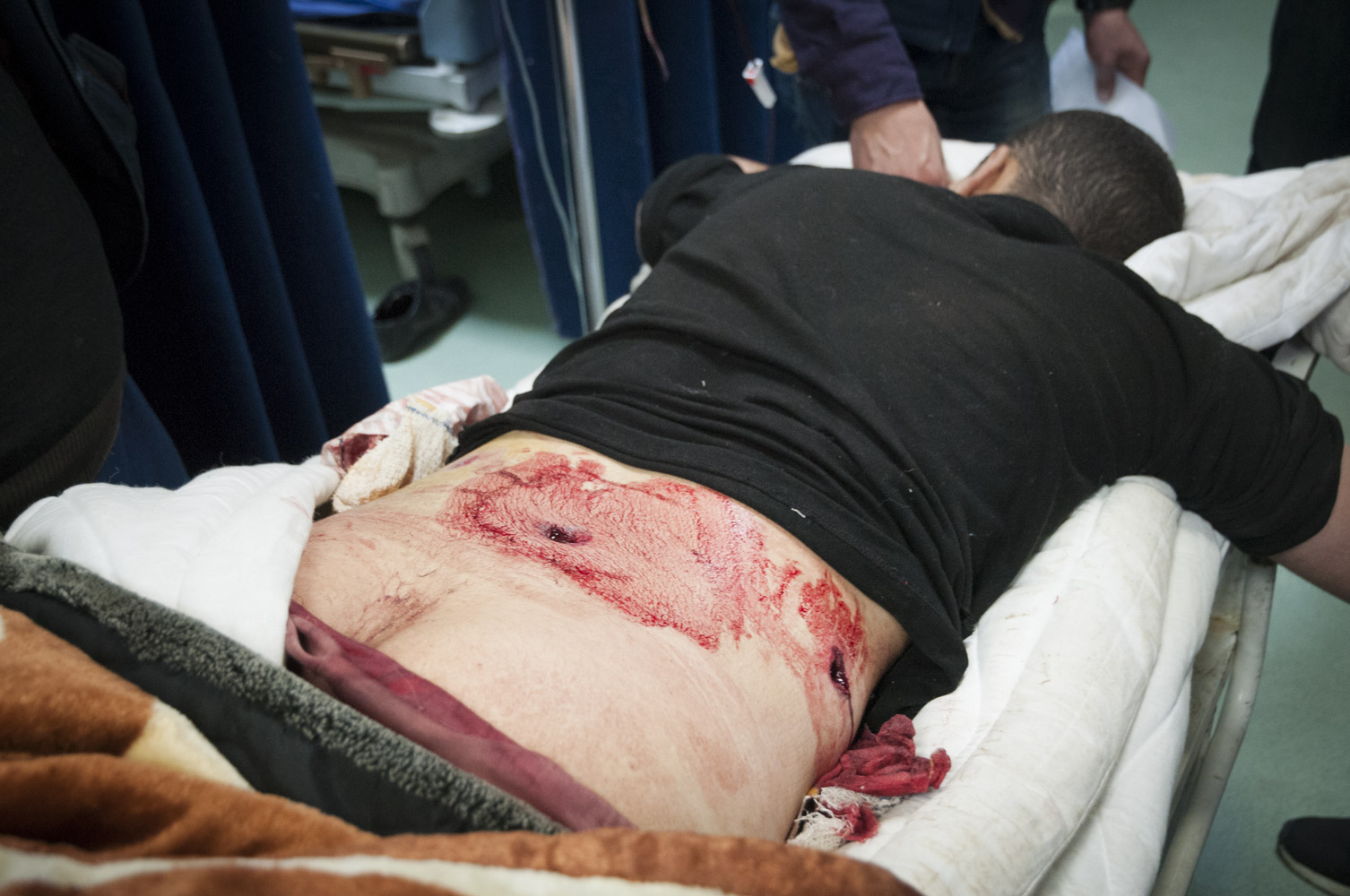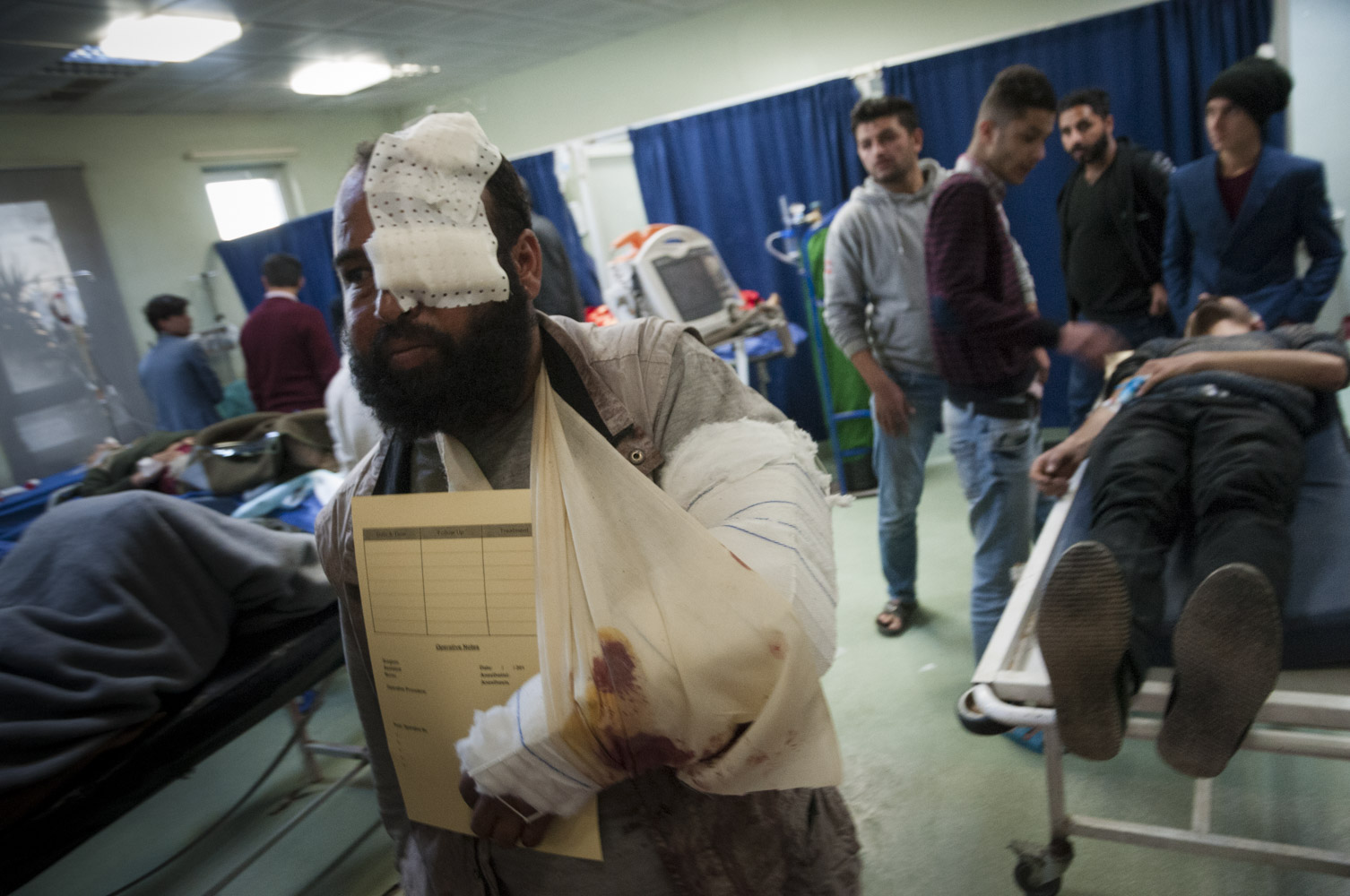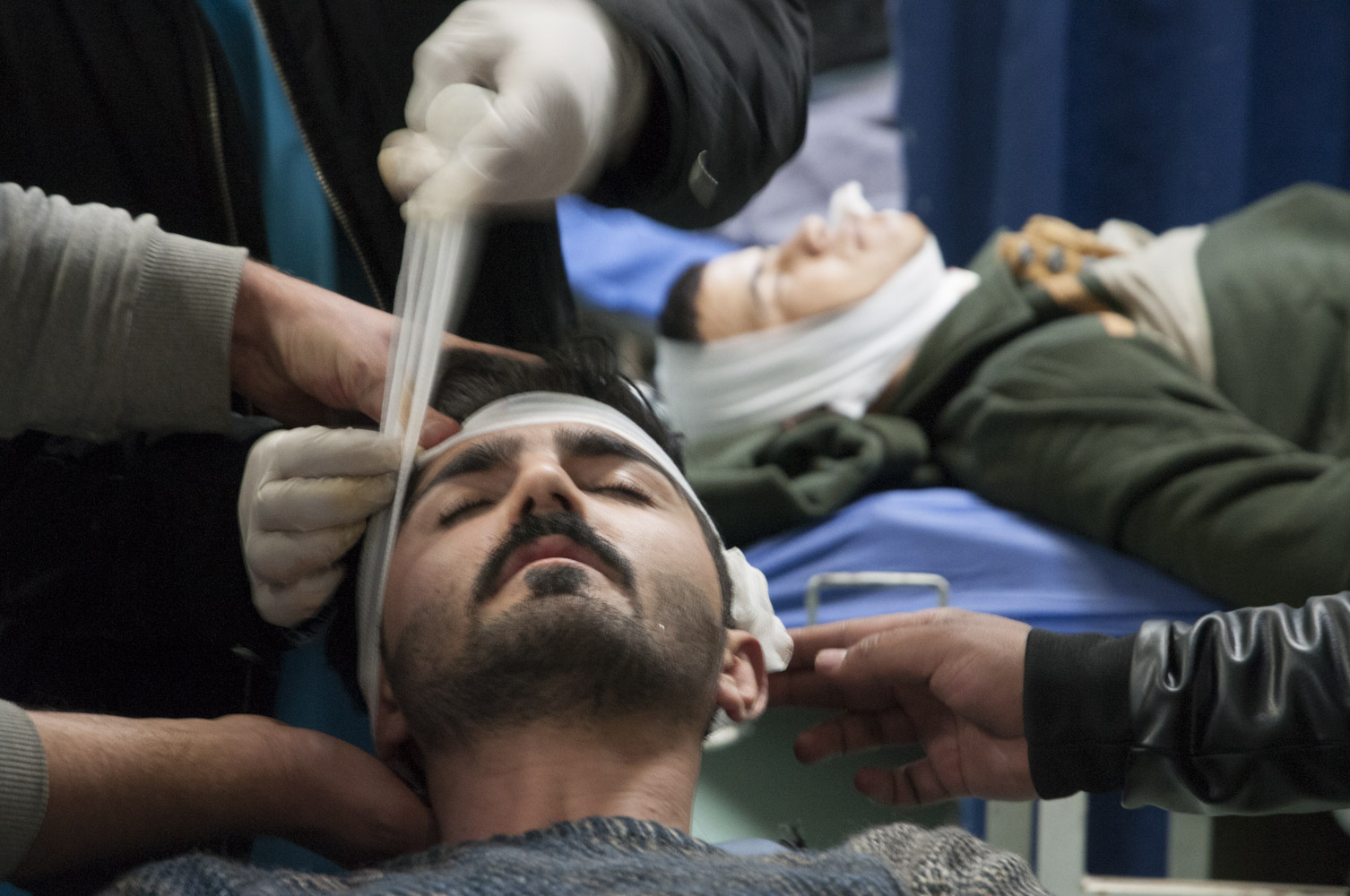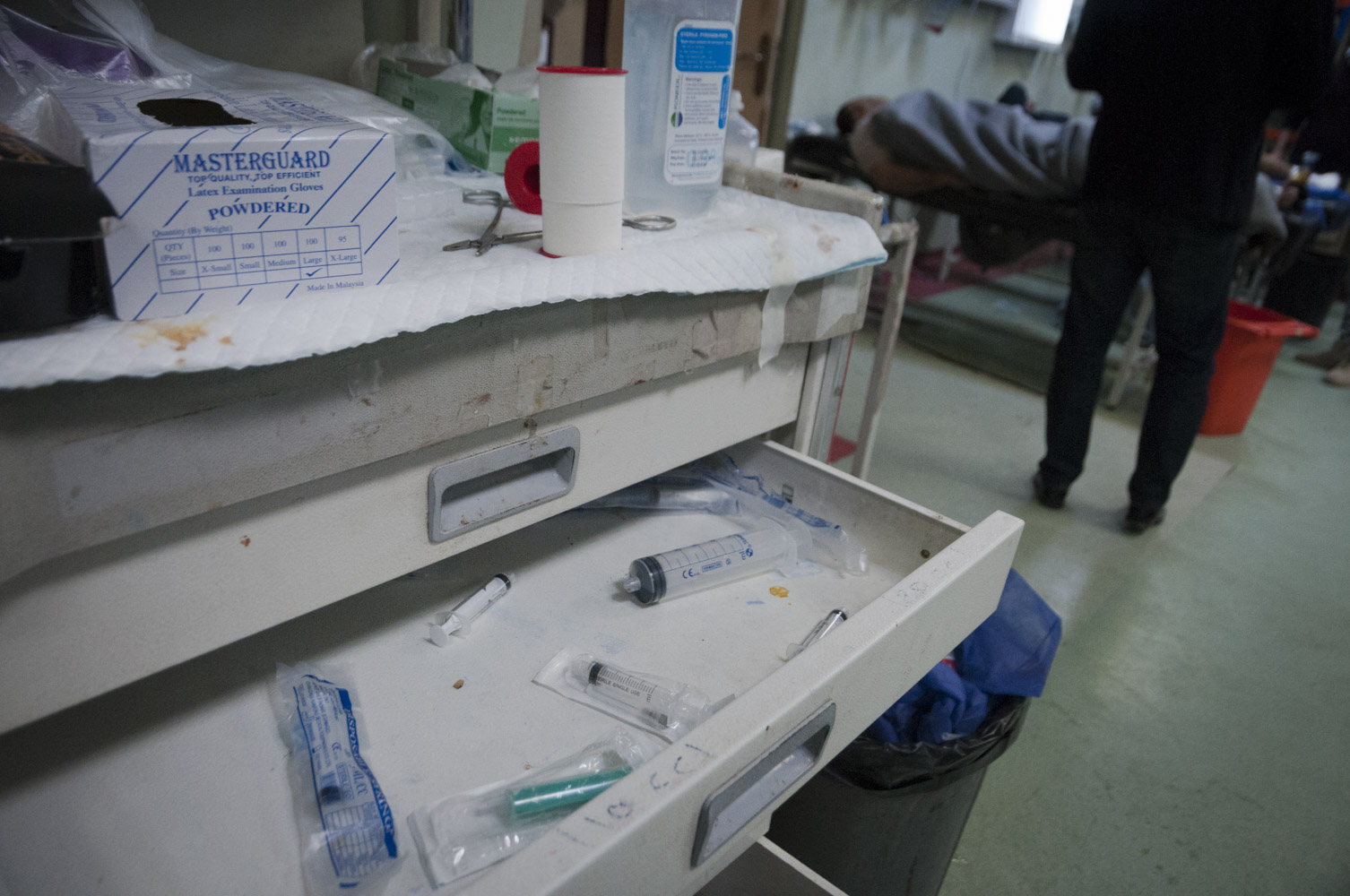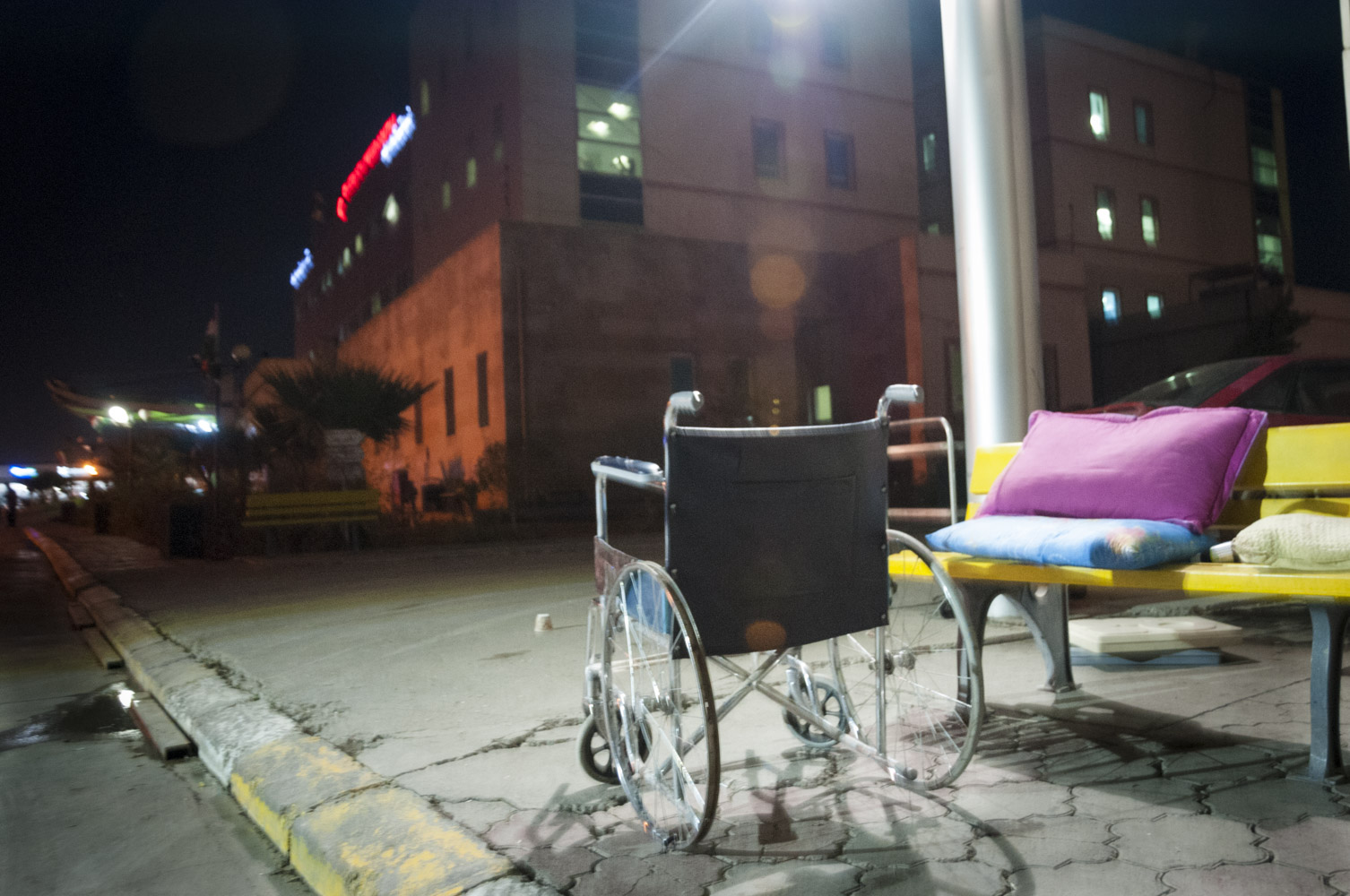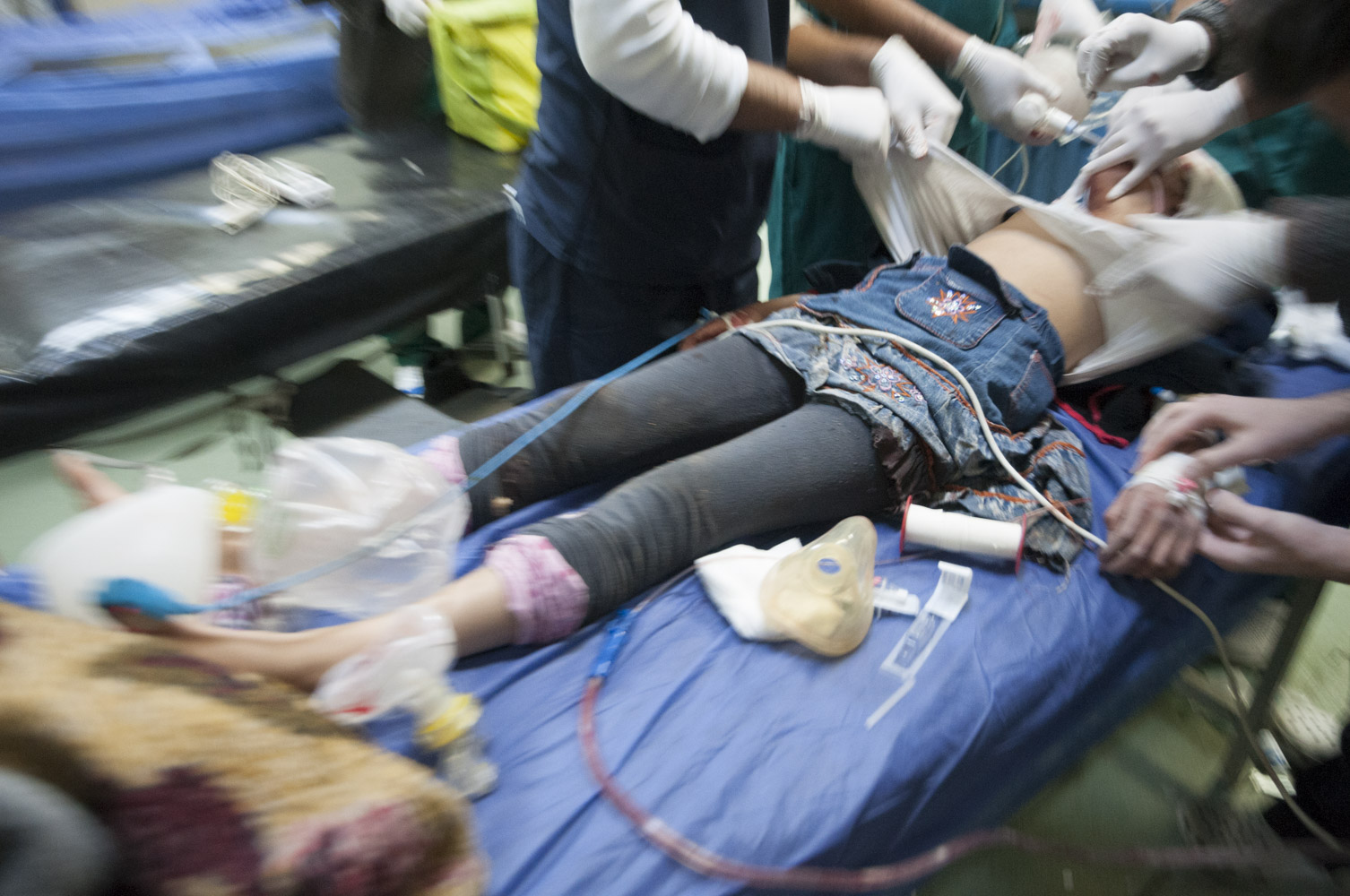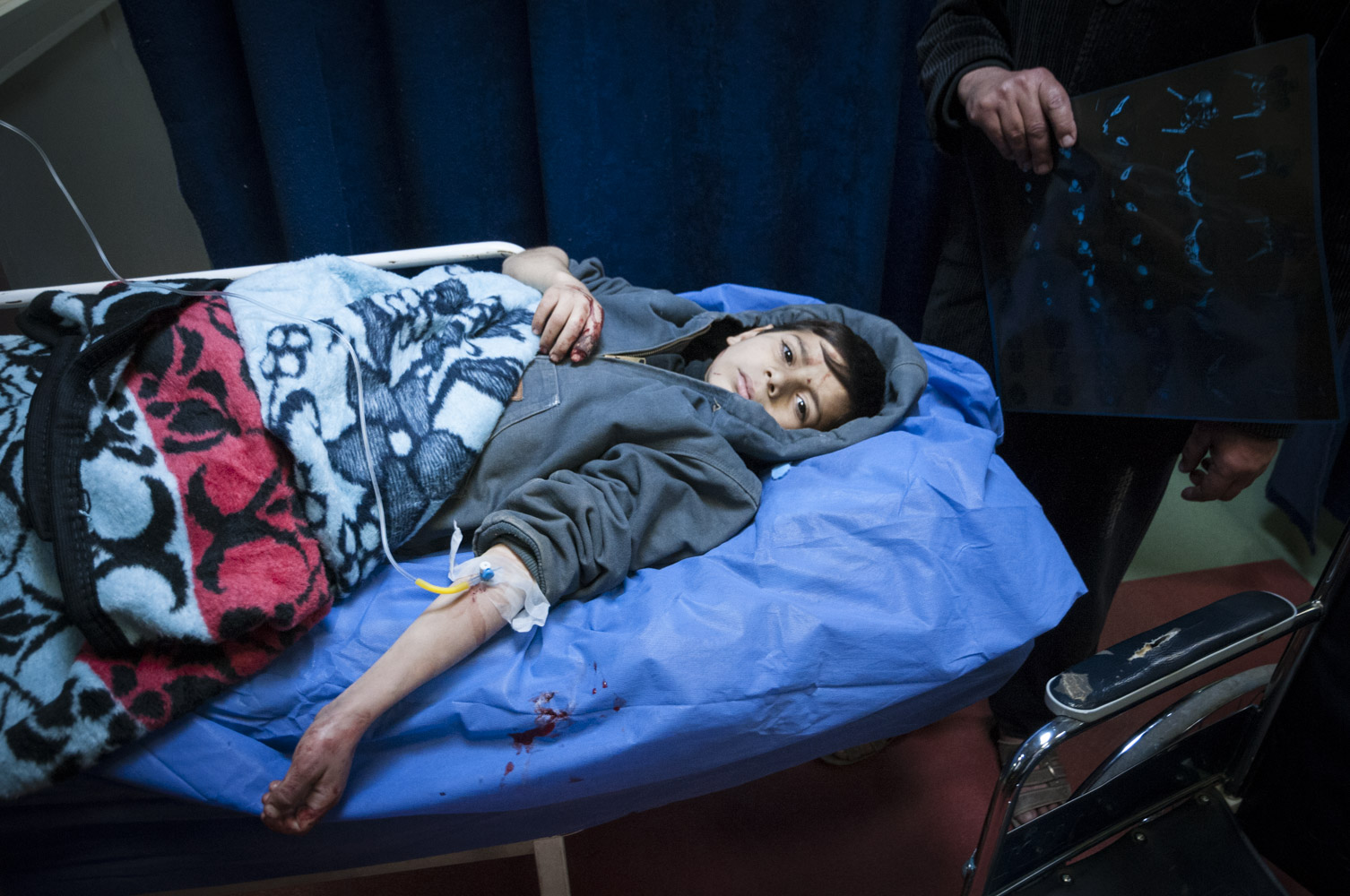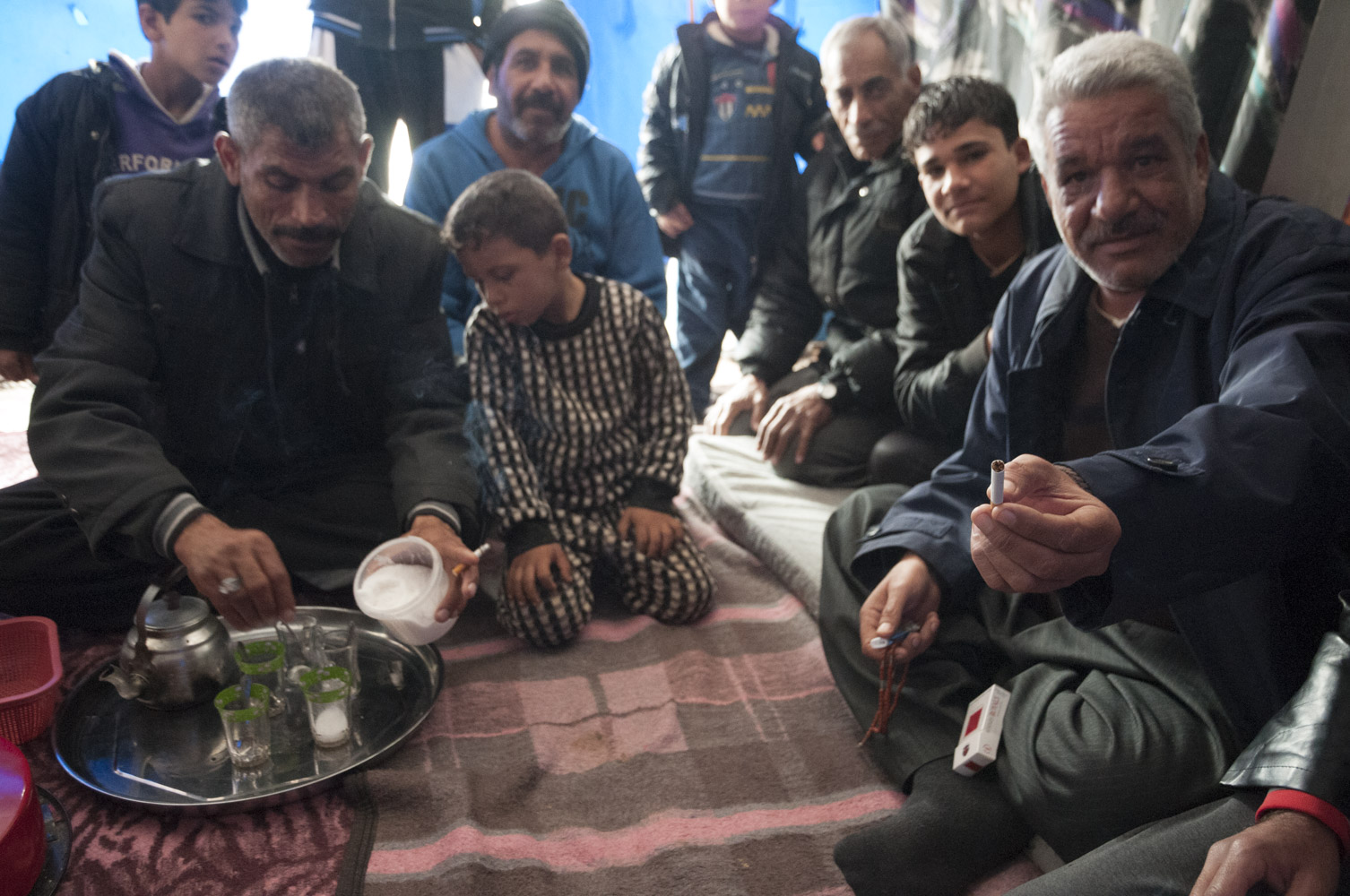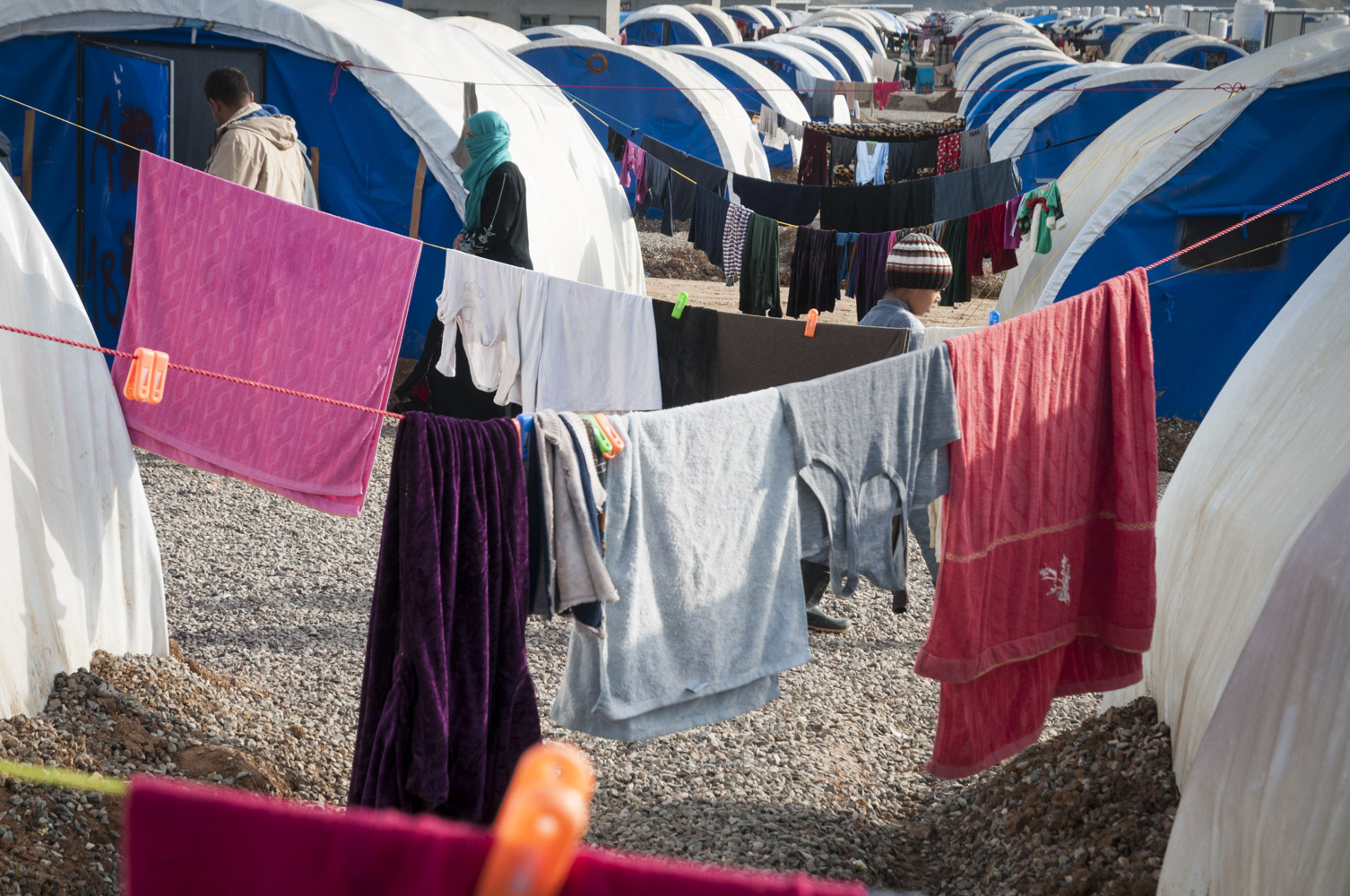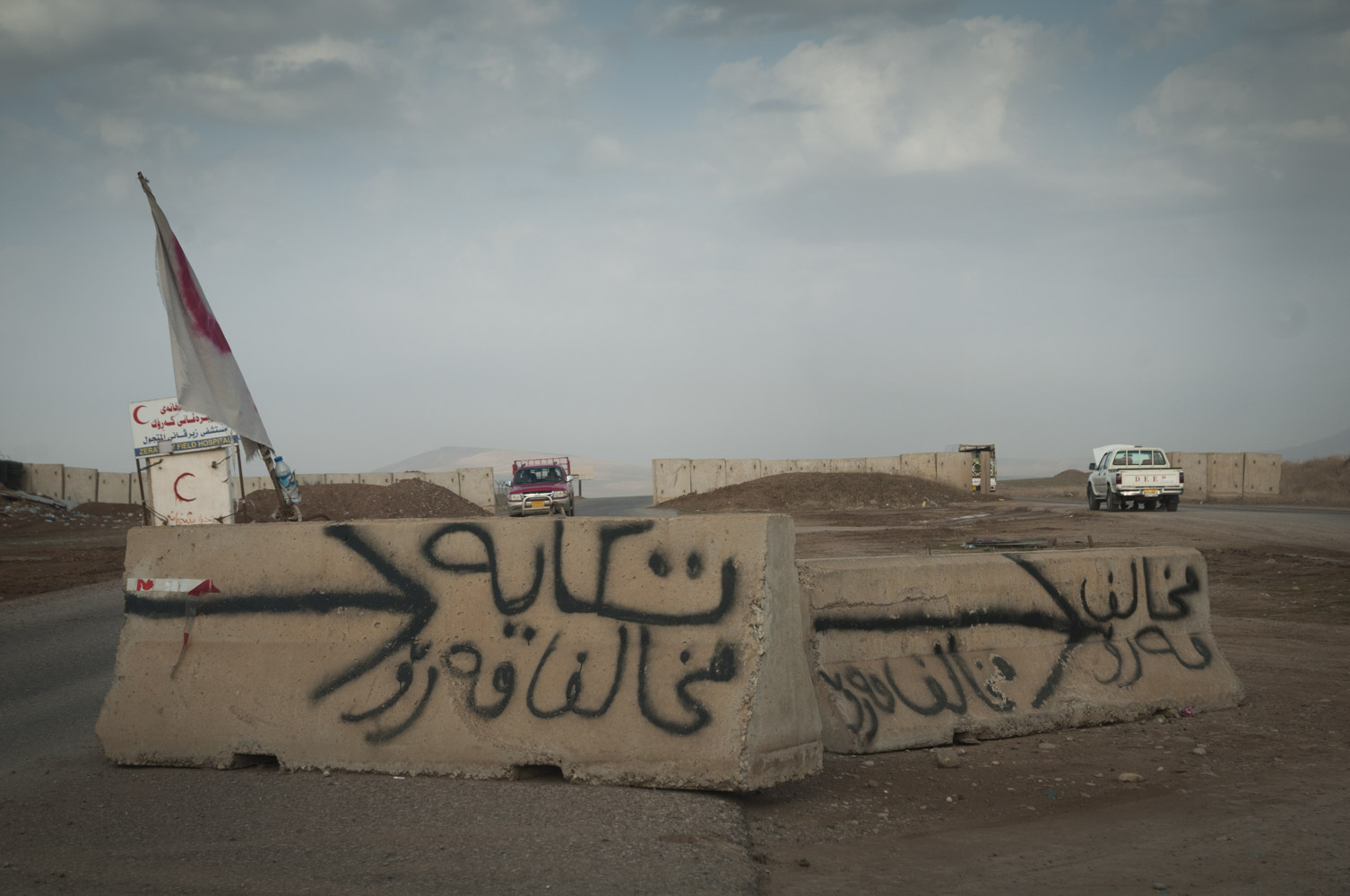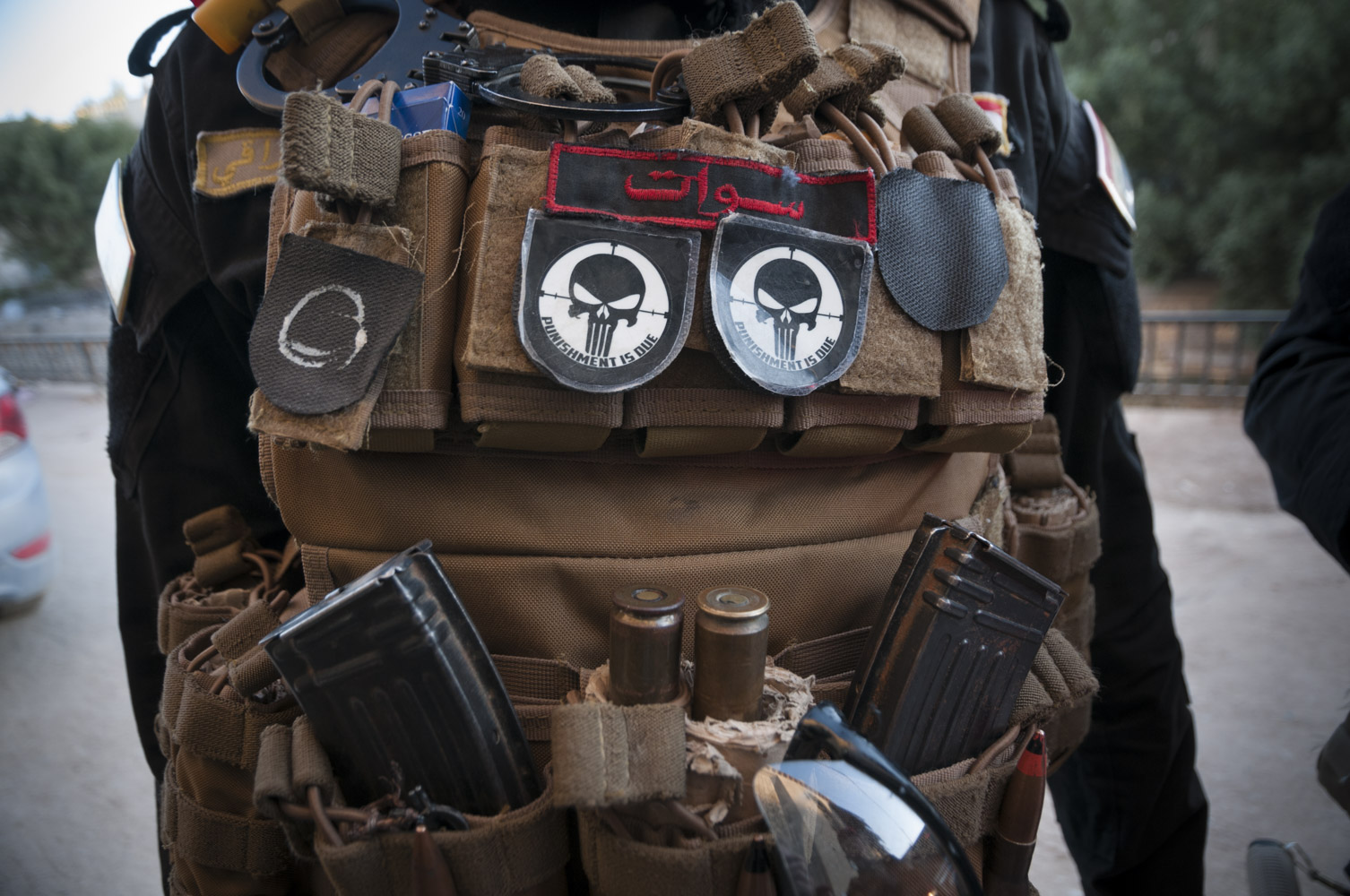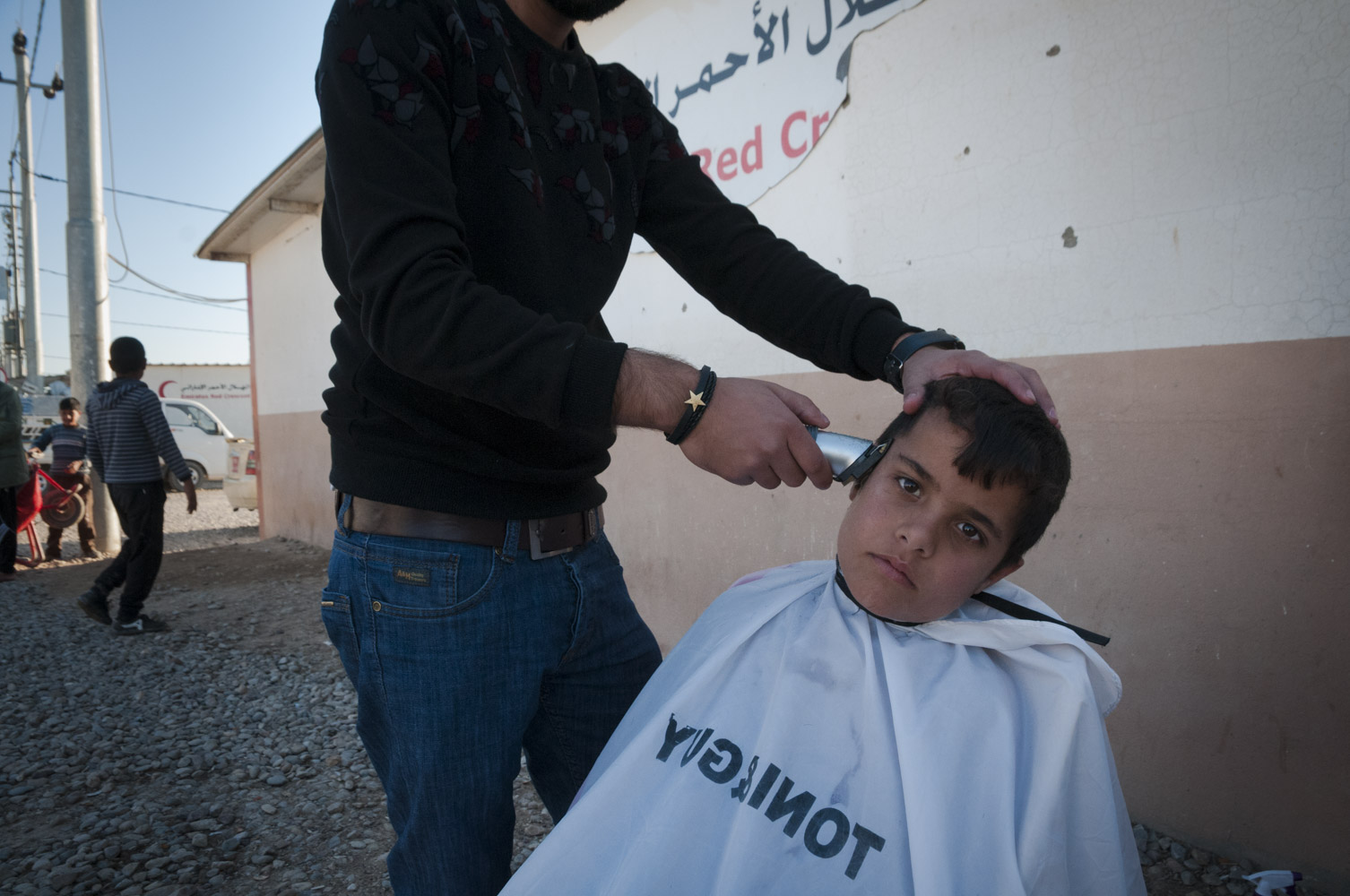Mosul’s outer battles
As forgotten as it may seem on the forefront of current headlines: Iraqi troops liberated Mosul from ISIS/Daesh in joint military operations with US-American and Iranian support. Most of the civil population fled east-wards, often to the safer lands in Kurdish. And especially when wounded and in search for life safing help. Erbil’s Emergency Hospital saw waves of injured pouring in day by days from the front, old and young. Civil and military. Mostly those who were given a chance to survive the road trip of about an hour or little more. Those in lesser need but still heavily traumatised, fled to populated the ever growing number of refugee camps North East, East and South of Mosul. In Dibaga I was able to teach one of my conflict sensitive journalism workshops for young focus groups. Under dire climatic and humanitarian conditions, we managed to produce a series of radio features that were later aired by a radio station in exile based in Erbil back to Mosul where all the young females participating originated from.
